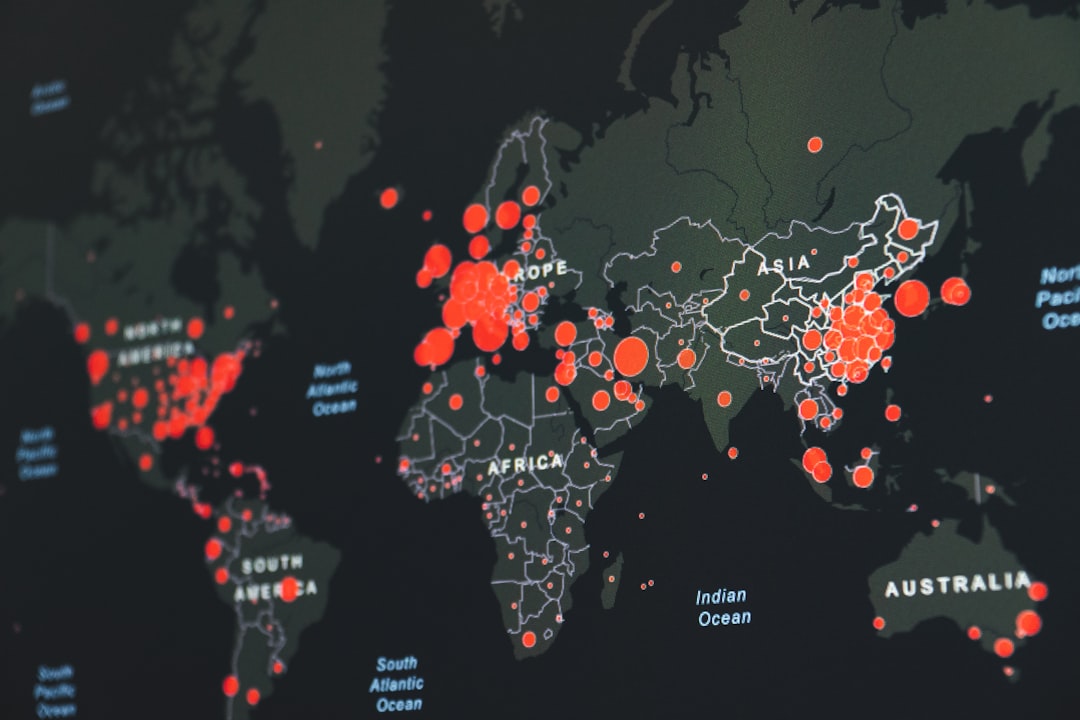What is it about?
We have unraveled the first plant specific pathway to detoxify polychlorinated biphenyls (PCBs) and related persistant toxicants. For this purpose, we integrated functional and structural studies in poplar and thale cress, two models in plant biology. Our results open new paths to improve the phytoremediation of PCBs, a task for which poplar trees are naturally well endowed. The alternative conventional cleanup methods are far more expensive and less environmentally friendly.
Featured Image

Photo by Ralph Katieb on Unsplash
Why is it important?
PCBs are persistent organic pollutants with serious effects on human health and the biosphere. They are still being released from polluted sites and pervade the food web despite bans and restrictive international legislation. Phytoremediation offers a solar-powered and cost-efficient alternative to conventional remediation. To unlock the full potential of this technology, we need a better understanding of how plants deal with pollutants. We define here the first clear-cut plant pathway for biphenyl/PCB degradation.
Perspectives
Phytoremediation is an innovative technology widely underutilized, despite clear economic and ecological benefits. This is partly due to our poor understanding of how plants deal with top organic pollutants. Our study describes a natural mechanism which endows poplar trees (and probably other plants) to degrade biphenyls and PCBs. Our findings should open new avenues to improve the success of phytoremediation.
Luis Gomez Fernandez
Universidad Politecnica de Madrid
Read the Original
This page is a summary of: A poplar short-chain dehydrogenase reductase plays a potential key role in biphenyl detoxification, Proceedings of the National Academy of Sciences, August 2021, Proceedings of the National Academy of Sciences,
DOI: 10.1073/pnas.2103378118.
You can read the full text:
Contributors
The following have contributed to this page










